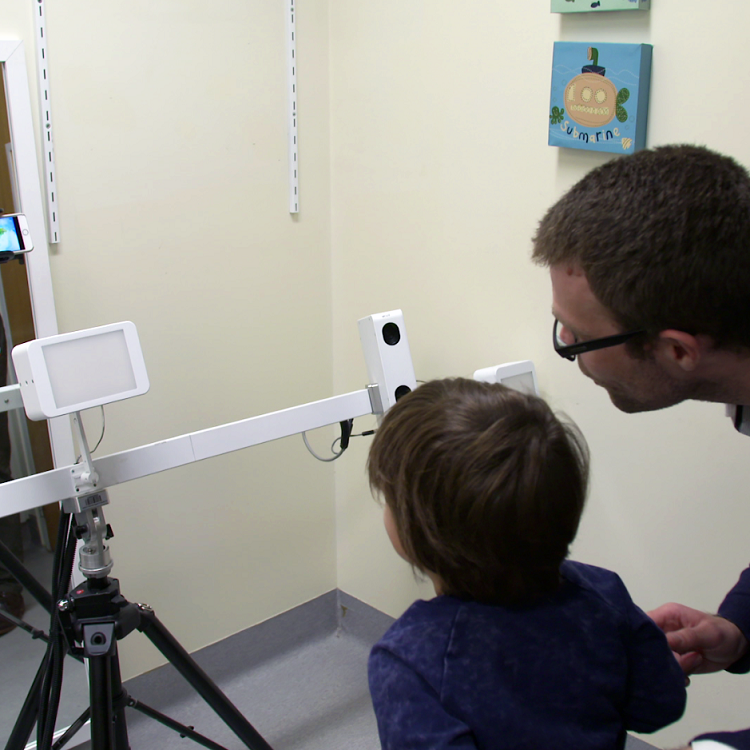Search
Research
Brain-behavior links in autism spectrum disorder across the lifespanAndrew Videos Whitehouse Watch and listen to Andrew PhD Deputy Director (Research); Angela Wright Bennett Professor of Autism Research at The Kids
Research
The misnomer of ‘high functioning autism’: Intelligence is an imprecise predictor of functional abilities at diagnosisWe argue that 'high functioning autism' is an inaccurate clinical descriptor when based solely on intelligence quotient demarcations
Research
Mental Health Correlates of Autism Spectrum Disorder in Gender Diverse Young People: Evidence from a Specialised Child and Adolescent Gender Clinic in AustraliaCurrent findings indicate that gender diverse children and adolescents with indicated ASD comprise an especially vulnerable group at risk of mental health difficulties
Research
Developmental vitamin D deficiency produces behavioral phenotypes of relevance to Autism in an animal modelHere we investigate these features in an animal model related to autism spectrum disorder - the DVD-deficient rat
Research
Psychometric properties of the Quality of Life Inventory-Disability (QI-Disability) measureInitial evaluation suggests that QI-Disability is a reliable and valid measure of quality of life across the spectrum of intellectual disability
Research
The impact of within and between role experiences on role balance outcomes for working Sandwich Generation WomenWomen combining paid employment with dual caring responsibilities for children and aging parents, experience both benefits and costs
Research
Examining parent use of specific intervention techniques during a 12-week training program based on the Early Start Denver ModelThis study included five mothers of young children with autism who participated in a 12-week parent training program based on the Early Start Denver Model

Guide our sibling research!

News & Events
Computer algorithm links facial masculinity to autismA new study led by The Kids Research Institute Australia has found a link between masculine facial features and autism.
Research
Perinatal testosterone exposure and autistic-like traits in the general population: a longitudinal pregnancy-cohort studyIncreased prenatal testosterone exposure has been hypothesized as a mechanism underlying autism spectrum disorders (ASD).
